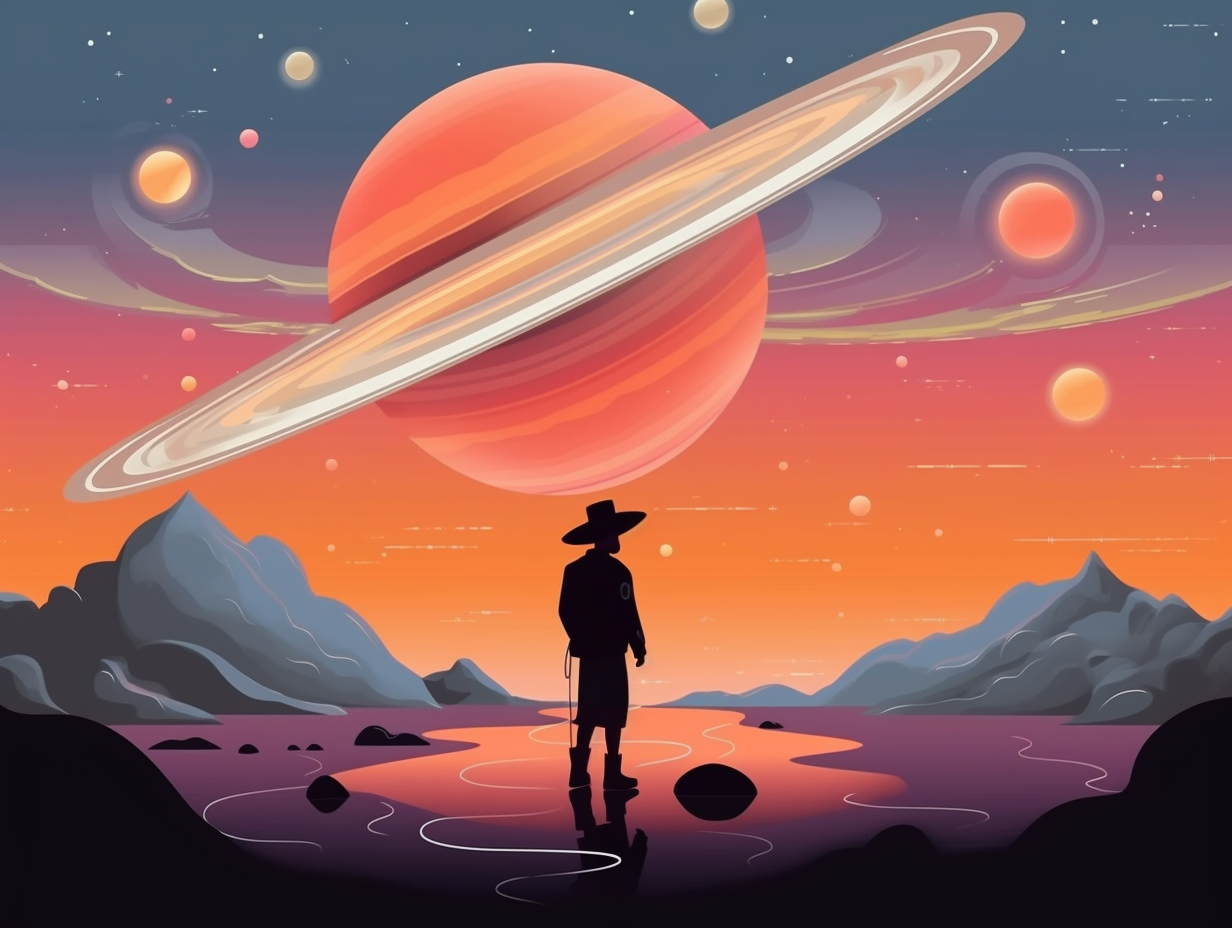Discover the Night Sky: Top 8 Fun Facts About Ursa Minor That Will Amaze You

1. Polaris: Celestial Diva
Who says stars can't have mood swings? Our very own North Star, Polaris, is a celestial diva constantly changing its glow: Although currently the brightest member in the Ursa Minor constellation, Polaris is actually a pulsating supergiant with fluctuating brightness. Despite its capricious temperament, it maintains its role as a steadfast guide for navigation, thanks to its cozy proximity to the North Pole.
Source => rmg.co.uk
2. Little Bear Outgrows Big Brother
In a twist fit for a cosmic sitcom, the celestial "Little Bear" found itself putting on a growth spurt and outgrowing its brawny big sibling: Ursa Minor, despite its name, actually spans a larger area of 1,280 square degrees compared to Ursa Major's modest 256. However, Ursa Major still steals the limelight with its brighter stars, leaving the "Little Bear" forever in its majestic shadow.
Source => constellation-guide.com

Discover the Big Dipper's many identities throughout history - from a bear and a plow to a cosmic measuring cup with a stylish bent handle! Unveil its intriguing origins and diverse roles in various cultures. 🌌🐻🌠
=> Fun Facts about Ursa-Major
3. Polaris: Bear Grylls' BFF
Hold onto your bearings, Bear Grylls: Ursa Minor, also known as Little Bear or Little Dipper, has a star at the end of its tail called Polaris that serves as a guiding light. The Straight-faced Scoop: Also known as the North or Pole Star, Polaris is almost directly above Earth's North Pole, making it an essential tool for navigation and a celestial reminder not to "lose your bearings."
Source => rmg.co.uk
4. Little Bear: Celestial Cuddle Buddy
The cosmic cuddle buddy that's always got your back in the northern sky: Not only is Ursa Minor known as the Little Bear constellation, but it also houses Polaris, the reliable North Star used for centuries by ancient sailors and travelers as a navigational aid.
Source => greeka.com

5. Goldilocks Meets Little Dipper
When Goldilocks stumbled upon Ursa Minor – the celestial baby bear – she couldn't help but exclaim, "This dipper is just right!": The Little Dipper, a prominent feature of the Ursa Minor constellation, might seem dainty and petite compared to the Big Dipper, but it still boasts seven bright stars visible even from city lights – including Polaris, the North Star of fame and fortune, and its handle stays perky and true for its size, sticking straight up in the sky without any curve.
Source => nineplanets.org
6. Polaris: Sky-Waltzing Duo
Ready for a celestial dance-off? Polaris and its stellar partner have been sky-waltzing for eons, making spectators of all the other stars: Polaris - often called the North Star - is not only part of a binary star system, but it's also a variable star, changing its brightness as it pulsates. This cosmic duo dazzles astronomers, helping them calculate vast distances in space while we're reminded that Earth's rotation, not Ursa Minor's celestial shimmy, keeps the night sky in constant, hypnotic motion.
Source => lpi.usra.edu
7. Schwimmwagen: Aquatic Supercar
In a world where James Bond's gadgets seem like child's play, meet the real-life agent of transportation that can take you from land to sea without batting an eyelash: the Volkswagen Type 166 Schwimmwagen. This aquatic superstar was the most-produced amphibious car in history, clocking in at a staggering 15,584 units between 1941 and 1944. Yet, only 189 are known to exist today and a mere 13 have managed to stay afloat without needing restoration work.
Source => en.wikipedia.org
8. Cranky Ol’ Polaris GPS
If Polaris were a GPS, it'd be the crankiest yet most reliable old geezer in the business, guiding everyone home even before Starbucks existed: Polaris, the brightest star in Ursa Minor, has dutifully served as an unwavering guide to the North for travelers and sailors over millennia, thanks to its close proximity to the North Celestial Pole.
Source => go-astronomy.com
Related Fun Facts




















